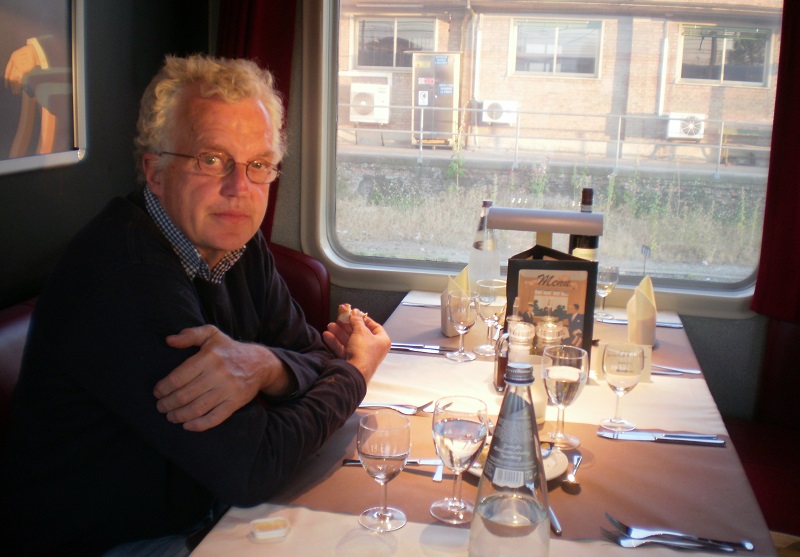It has become conventional wisdom that not enough housing is being built and that much more will be needed to prevent house prices spiralling ever upwards. That certainly was the theme of the Kate Barker report on housing presented to the Treasury last year and whose recommendations have attracted considerable support, but not total endorsement, from the government.
Barker argued that planners make it too difficult for developers to get planning permission for new housing, largely because of Nimby considerations. There was, she said, a lack of incentives for councils to grant such permission in the face of lots of reasons why they shouldn’t and not enough was being done to encourage developments on brownfield sites. Housing starts were at a historically low level and therefore the rate of housebuilding needed to be stepped up dramatically, with an extra 120,000 market homes each year, a near doubling of the current output, while another 21,000 state subsidised social homes were needed. These measures, she said, would reduce house price rises from the level of 2.4 per cent above inflation of the past three decades, to just 1.1 per cent.
Not surprisingly, that view has been challenged by environmental campaigners and the issue is brewing up to be one of the big political rows of the next Parliament. In a very detailed and thorough paper, Building on Barker*, the Council for the Protection of Rural England has challenged the very notion that the country needs so many extra new homes. CPRE welcomes many of Barker’s recommendations, such as the need to make better use of brownfield sites, one of those motherhood and apple pie measures that is always talked about but rarely actioned but it takes issue with her central point, the need for huge swathes of new owner occupied housing.
The report challenges the notion that the house price boom is a result of a shortfall in supply. Instead, the authors argue that greater affluence, rising real incomes and falling unemployment, combined with lower interest rates, have led to a huge rise in demand. We all want to live in castles, goes the argument, but this not environmentally sustainable and the resulting increased demand is about rising expectations rather than down to real need.
The real need, the CPRE says, is for subsidised housing. The document challenge the oft-stated ‘fact’ that output of new dwellings in England has fallen to the lowest level since 1947. In 2003, 130,500 new homes for sale were built, a figure that is just below the average of 139,000 for the past 50 years. Rather, it is the reduction in subsidised housing that has been marked, with output declining dramatically since 1994 when there were just under 32,000 completions. Now the number is just 13,000 and it is this shortfall that has led to the rise in homelessness. Indeed, the CPRE points out that this figure is 84 per cent below the average for the past 50 years (though this includes the huge numbers built in the 1950s and 1960s when parties used to compete over who promised more council housing).
So while the CPRE accepts the need for a significant increase in the building of affordable housing in large parts of England, it argues that the only region where there needs to be a major increase in market housebuilding is London and the Thames Gateway, not exactly an area of outstanding natural beauty, is cited as the place to do it. Otherwise, the CPRE argues, concentrate on subsidised housing, preferably on brownfield sites. There are numerous other detailed suggestions, such as removing VAT from refurbishment and conversion works, and taxing second homes.
This is a debate that goes to the heart of the capitalist system, which has to maintain increasing demand in order to keep functioning and growing. The question, though, is do we really need those second homes, that extra bedroom, the bigger garden or should we restrict our ever growing demands in order to save the country from being concreted over. We are already losing 21 square miles to development, an area the size of Southampton, mostly for housing, every year and can we afford to lose yet more?
Ironically, if continued rising house prices is the cost of keeping parts of our land green, then it is one that many people – the 71 per cent of owner occupiers – are willing to pay even if it means their kids will struggle to get decent housing and some will even be prepared to show this when they go into the election booth on polling day by voting for the party they feel is most likely to achieve this aim. So there are both local and national political pitfalls for supporters of the Barker plan.
While it is the Office of the Deputy Prime Minister which sets the overall framework for meeting housing demand, this is a row that will be fought over in council chambers across the country. It is all too easy to write off objections to more estates of Barratt homes as Nimbyism, but there is a fundamental principle at stake here. We do live on a very crowded island and there is just so much greenfield development that can take place. Watch out, therefore, for yet more battles between central and local government over unpopular housing plans after the election.
*Obtainable from CPRE, 128 Southwark Street, London SE1 0SW, £10.
